Many boomers would agree that the 1960s were a prime time for British cuisine, and while traditional favourites continued to dominate the dinner table, this post-war era also saw the arrival of new flavours and family-friendly dishes. Boomers still love to reminisce on the following list of beloved dishes, even to this day.
Coronation Chicken
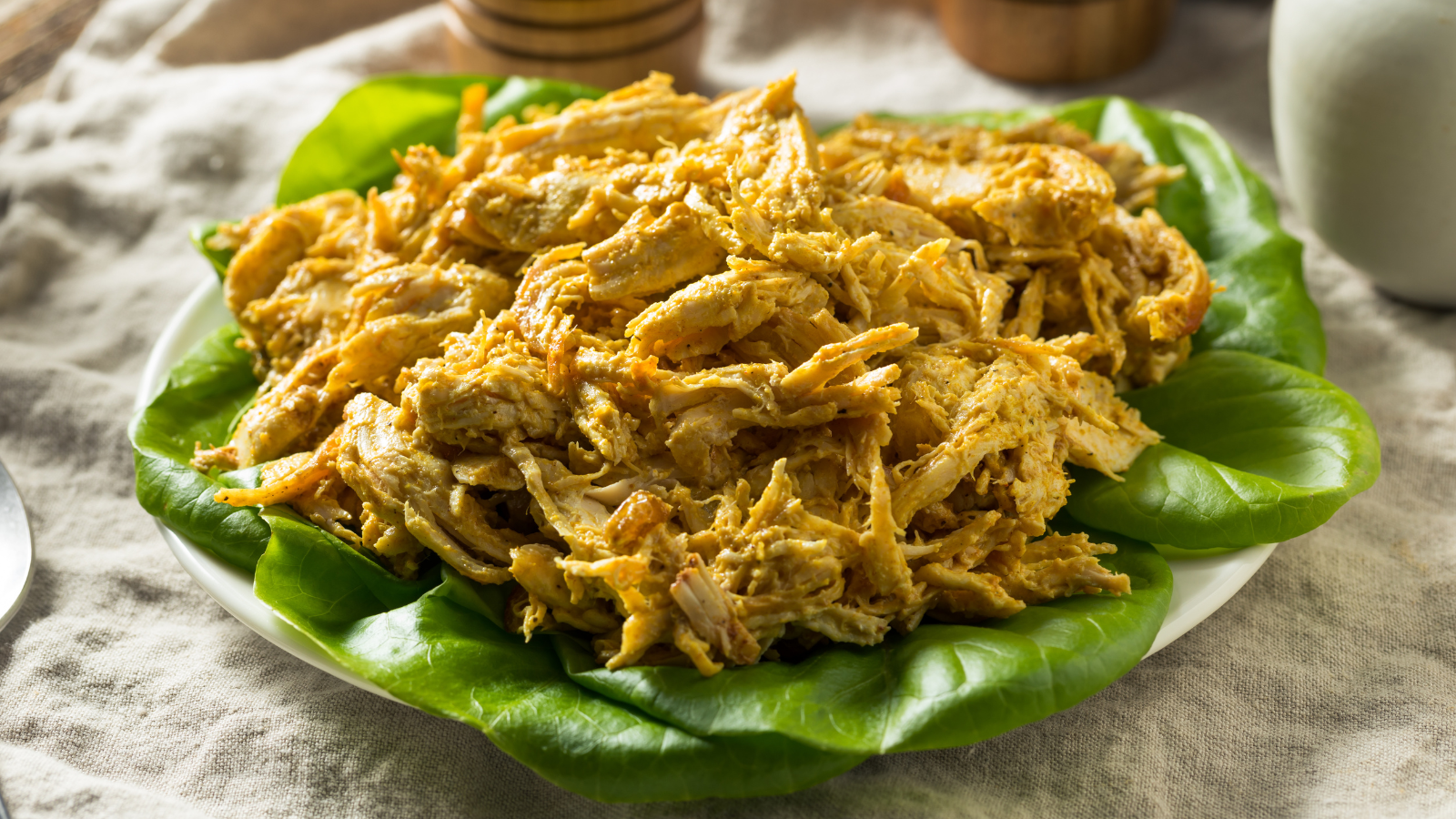
Starting off the list is Coronation Chicken, which was first created for Queen Elizabeth II’s coronation in 1953 and remained a firm favourite in the 1960s. This creamy, mildly spiced chicken salad combined with curry powder, mayonnaise, and a hint of sweetness from raisins or apricots is commonly served on sandwiches, baked potatoes, or as part of a buffet.
Spotted Dick
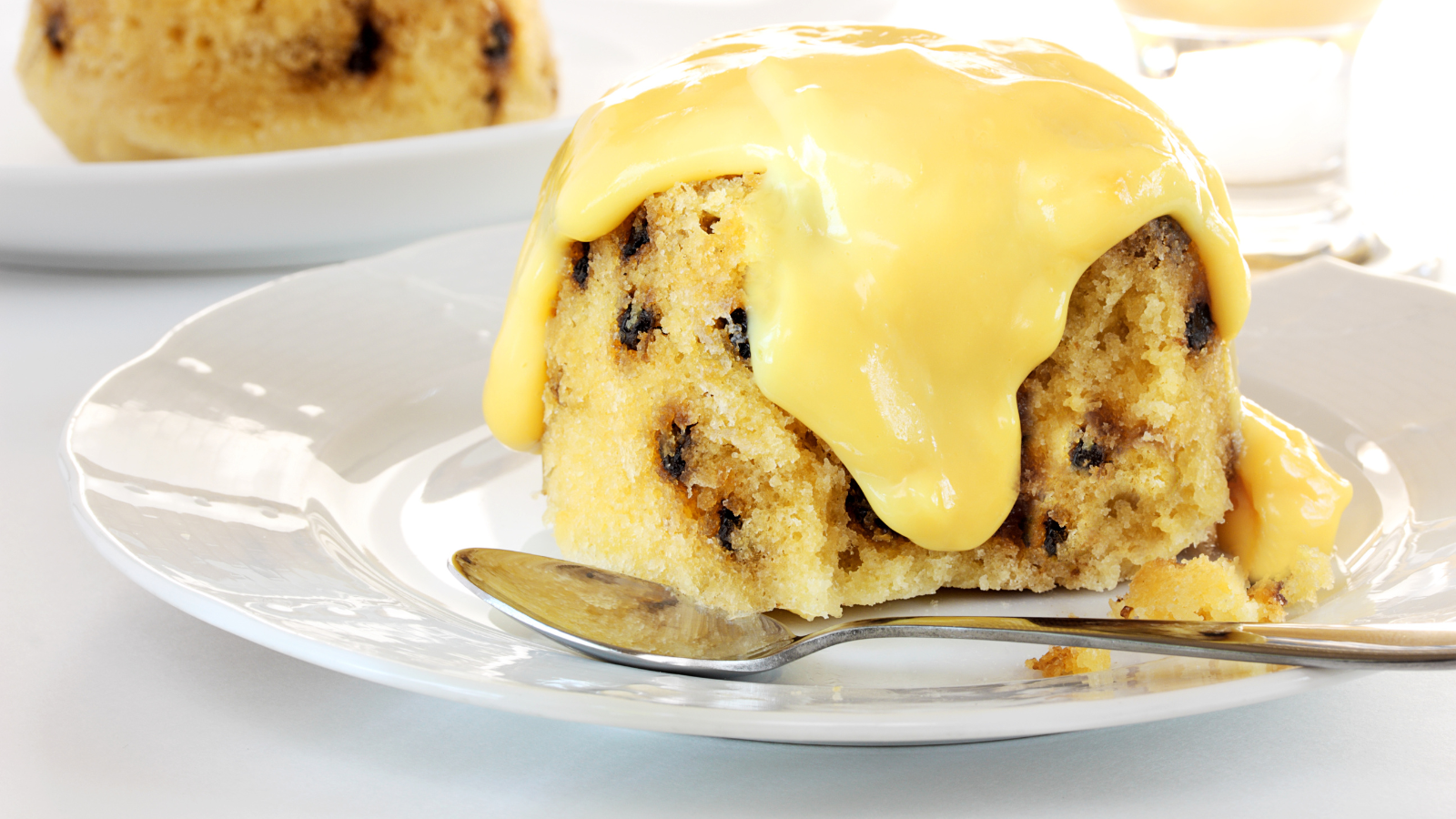
Don’t let the name put you off; this dessert has been a staple of British cuisine for centuries. It’s a steamed suet pudding filled with dried fruits and is considered the ultimate winter comfort food by boomers.
Usually served with a large helping of custard, Spotted Dick became a family favourite that brought warmth to chilly evenings. Both children and adults have always found the name funny, and even to this day, it’s remained a talking point as well as a treat.
Arctic Roll
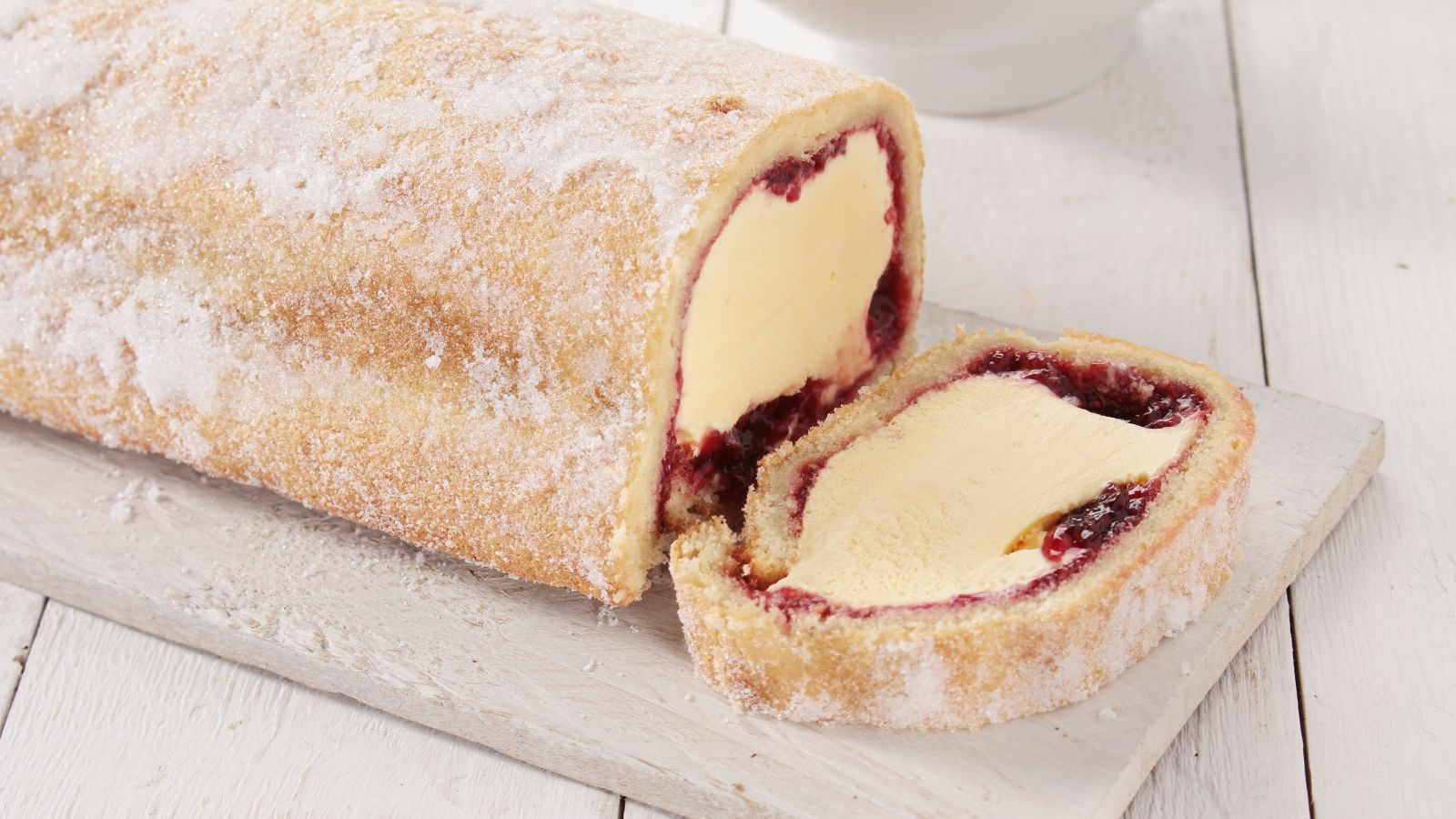
First created in the 1950s, Arctic Roll reached peak popularity in the 1960s. It’s a frozen dessert, consisting of vanilla ice cream wrapped in a soft sponge and a layer of jam. Arctic Roll was a go-to choice for birthday parties and teatime indulgence. Its convenience and sweet, creamy taste made it a household favourite, and parents loved its easy preparation.
Angel Delight
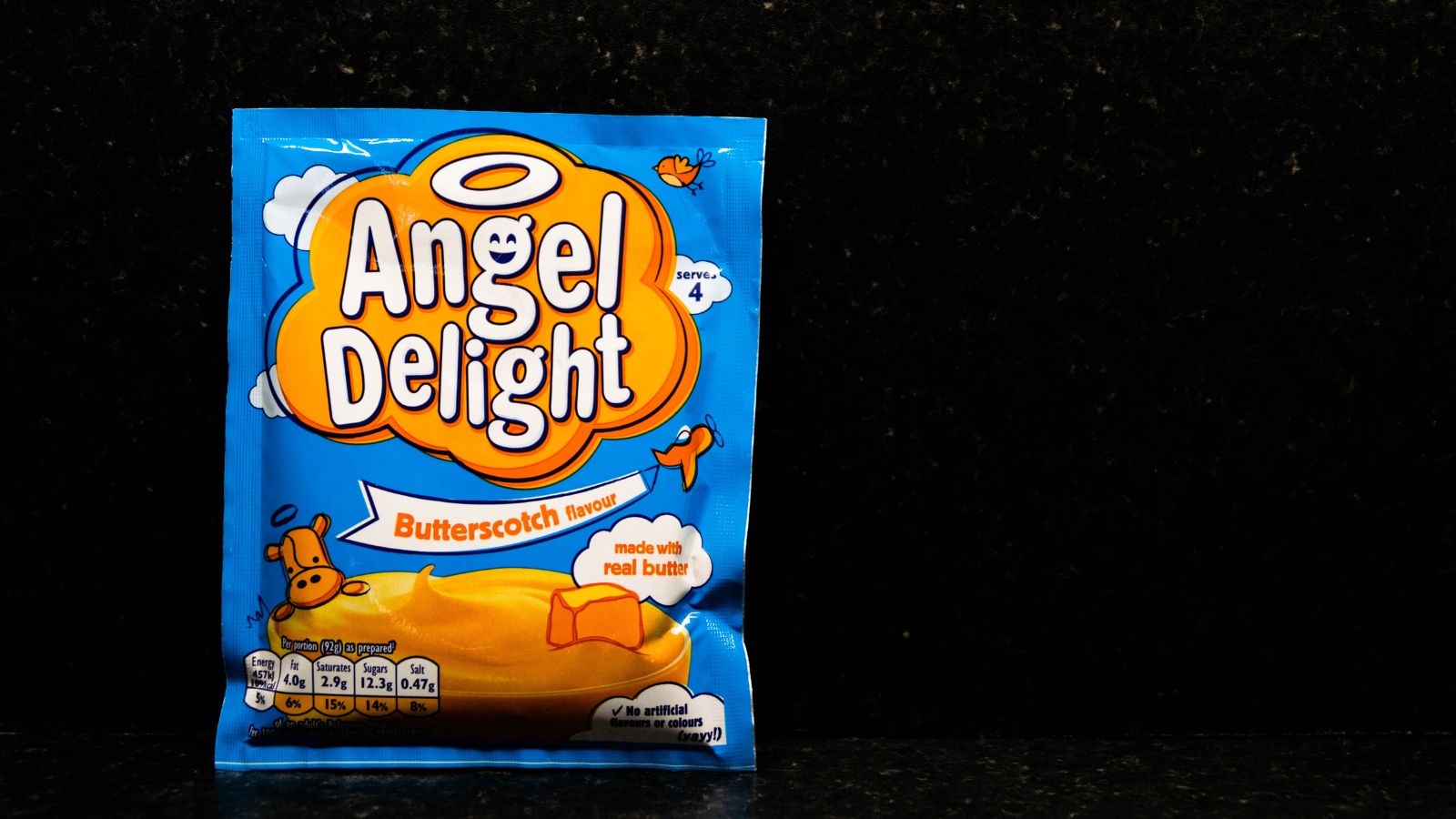
You could argue that Angel Delight is still a favourite dessert today, even though it was launched all the way back in 1967. This dessert made it easy to whip up something quick for pudding thanks to it being a powdered instant mousse. All you had to do was add some milk and then leave it to set in the fridge.
Coming in flavours such as strawberry and chocolate, Angel Delight could also be topped with whipped cream or sprinkles, making it a hit with the kids.
Steak and Kidney Pie

Nothing’s more British than a steak and kidney pie, encased in golden pastry; its filling of tender beef, kidney, and rich gravy was hearty and satisfying. The pie was a staple of family dinners, and provided a warm and filling meal that really reflected the era’s emphasis on home-cooked meals.
Pineapple Upside-Down Cake
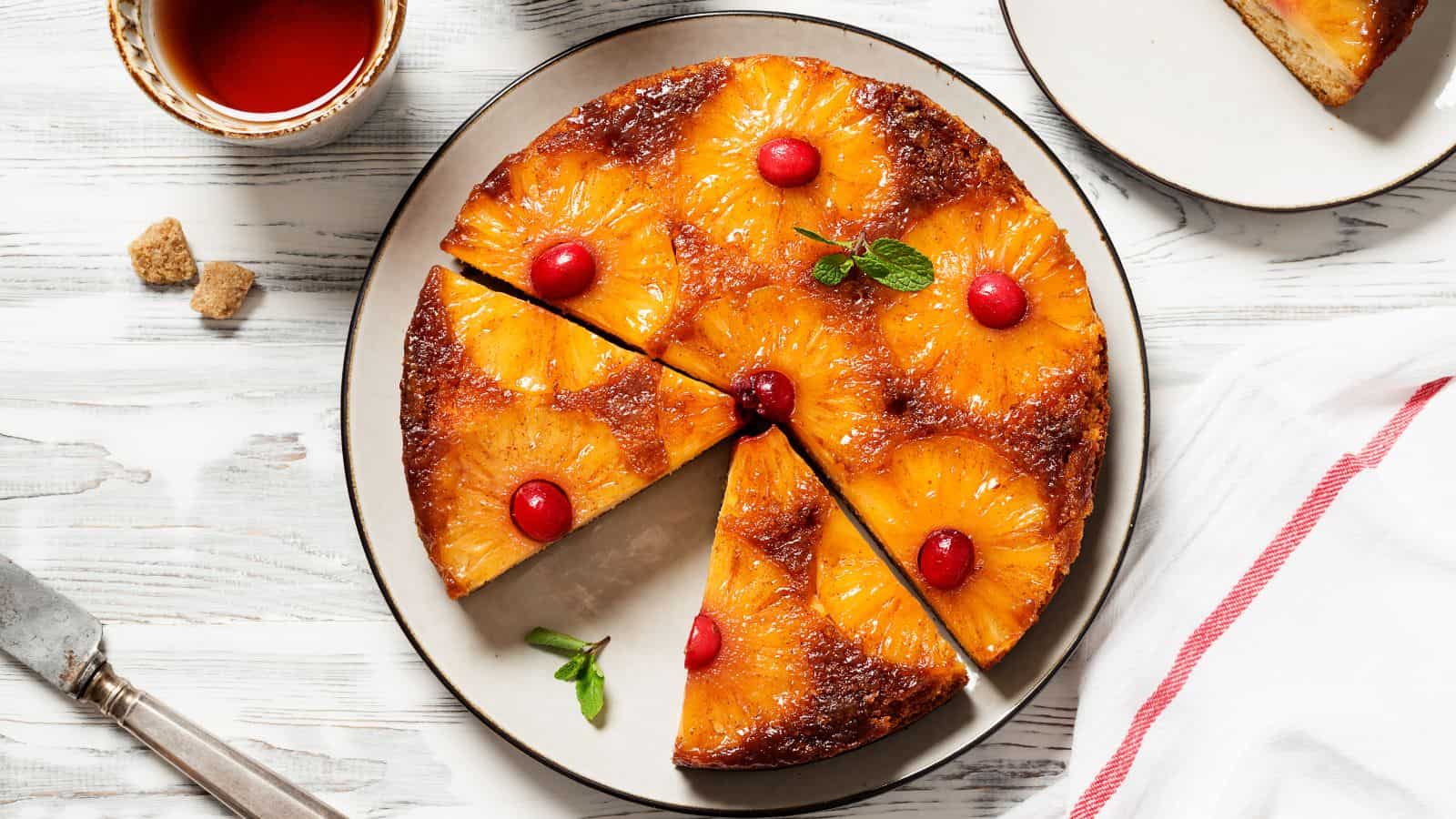
A popular favourite among boomers, the pineapple upside-down cake brought a burst of tropical flair to the British table. With rings of pineapple caramelised in brown sugar and topped with cherries, it was pretty to look at, as well as being delicious. Older generations often served it at parties or bake sales, as it was considered one of the more glamorous desserts of the era.
Vesta Curry
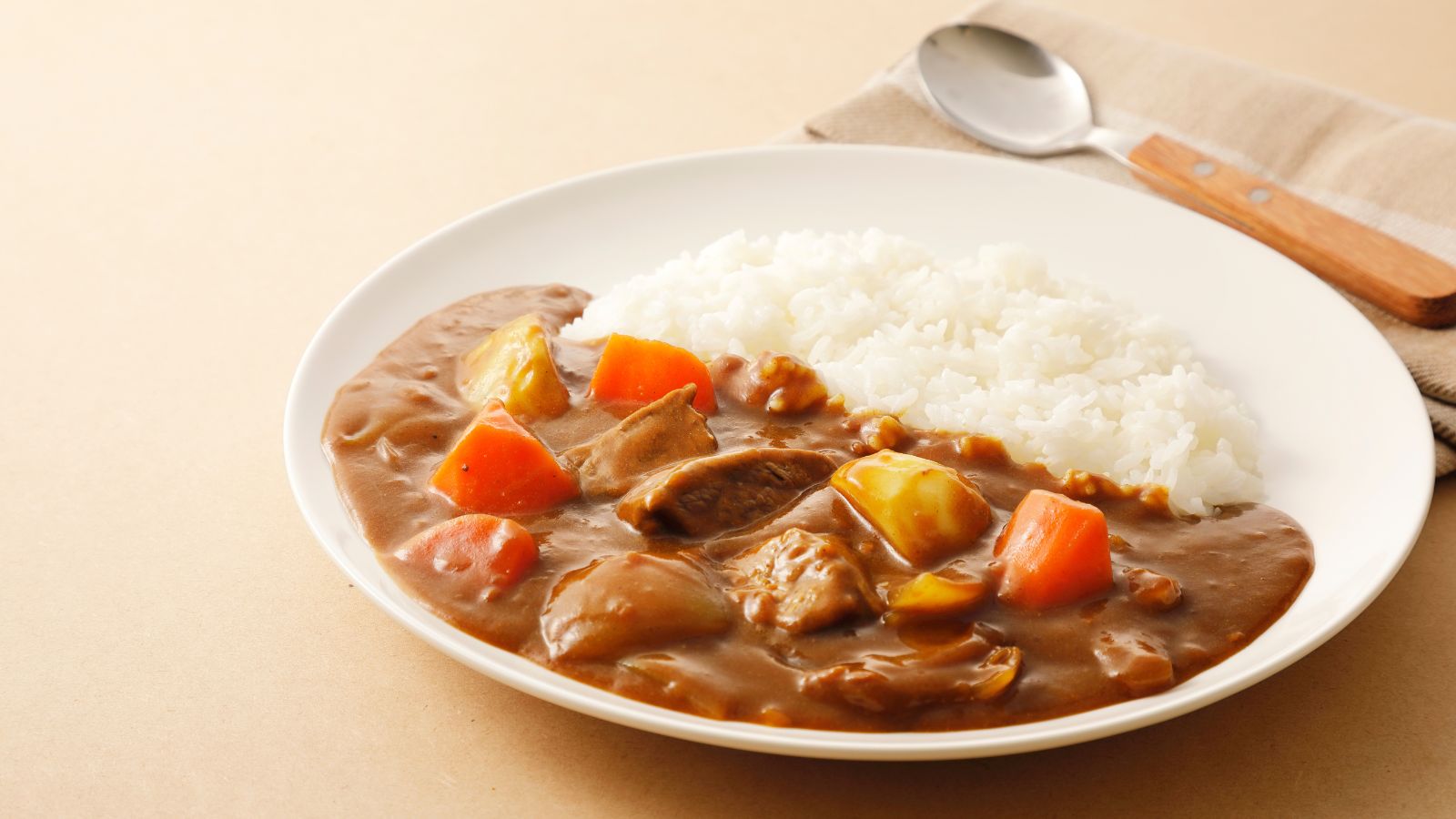
Back in the ‘60s, for many British families, Vesta curry was their first encounter with Indian-inspired flavours. It was a boxed, freeze-dried meal that was often seen as a mild introduction to the spicier Indian flavours. Vesta curry was easy to prepare and was considered an adventurous meal for the time, meaning it soon became a favourite.
Black Forest Gateau
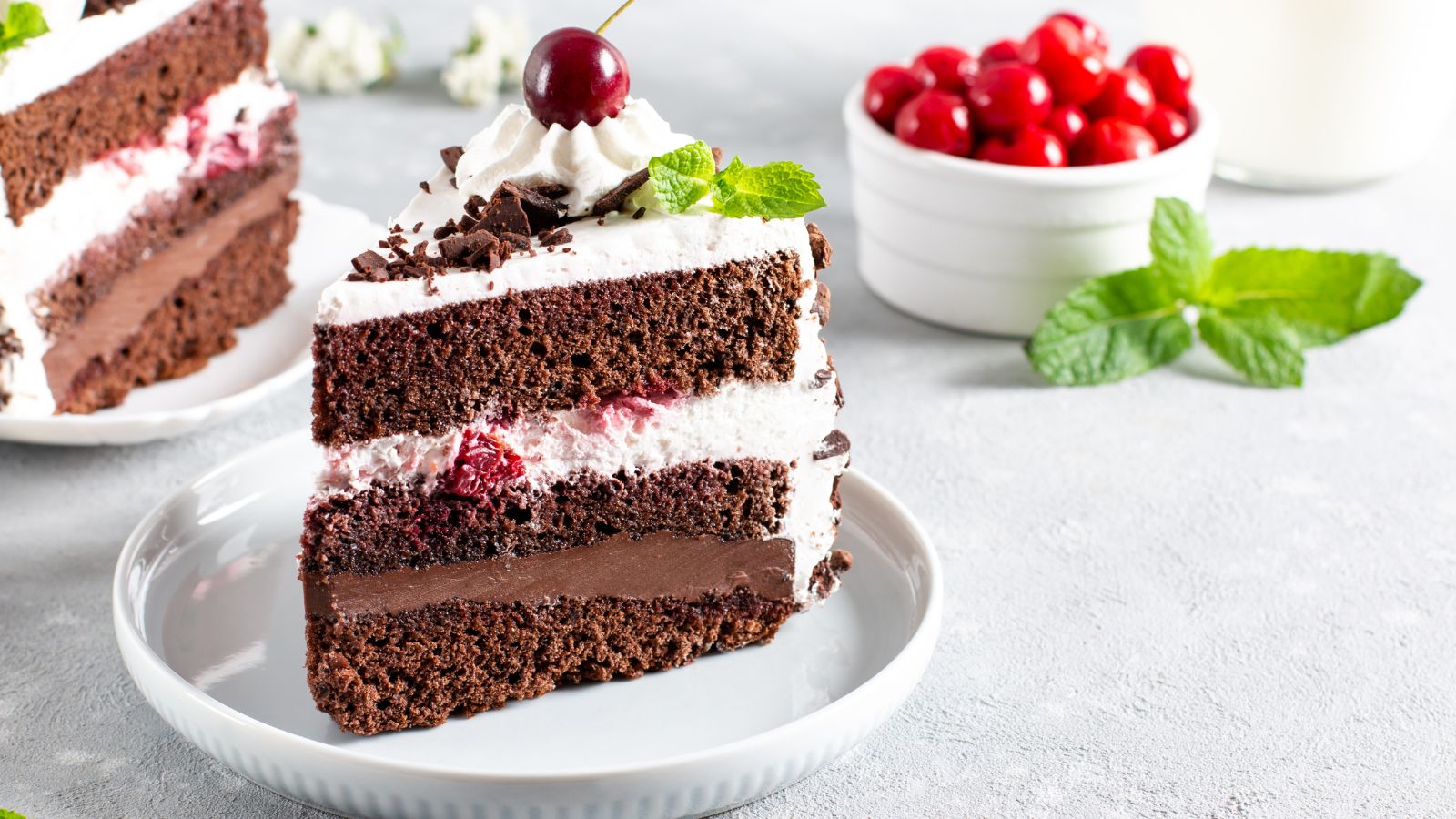
Originating from Germany, the Black Forest Gateau brought a slice of elegance to British celebrations. This dessert featured layers of chocolate sponge, whipped cream, and cherries soaked in kirsch and was finished off with chocolate shavings.
Black Forest Gateau was the centrepiece of many special occasions thanks to its luxurious presentation and rich flavours, which impressed guests of all ages.
Tinned Fruit Salad
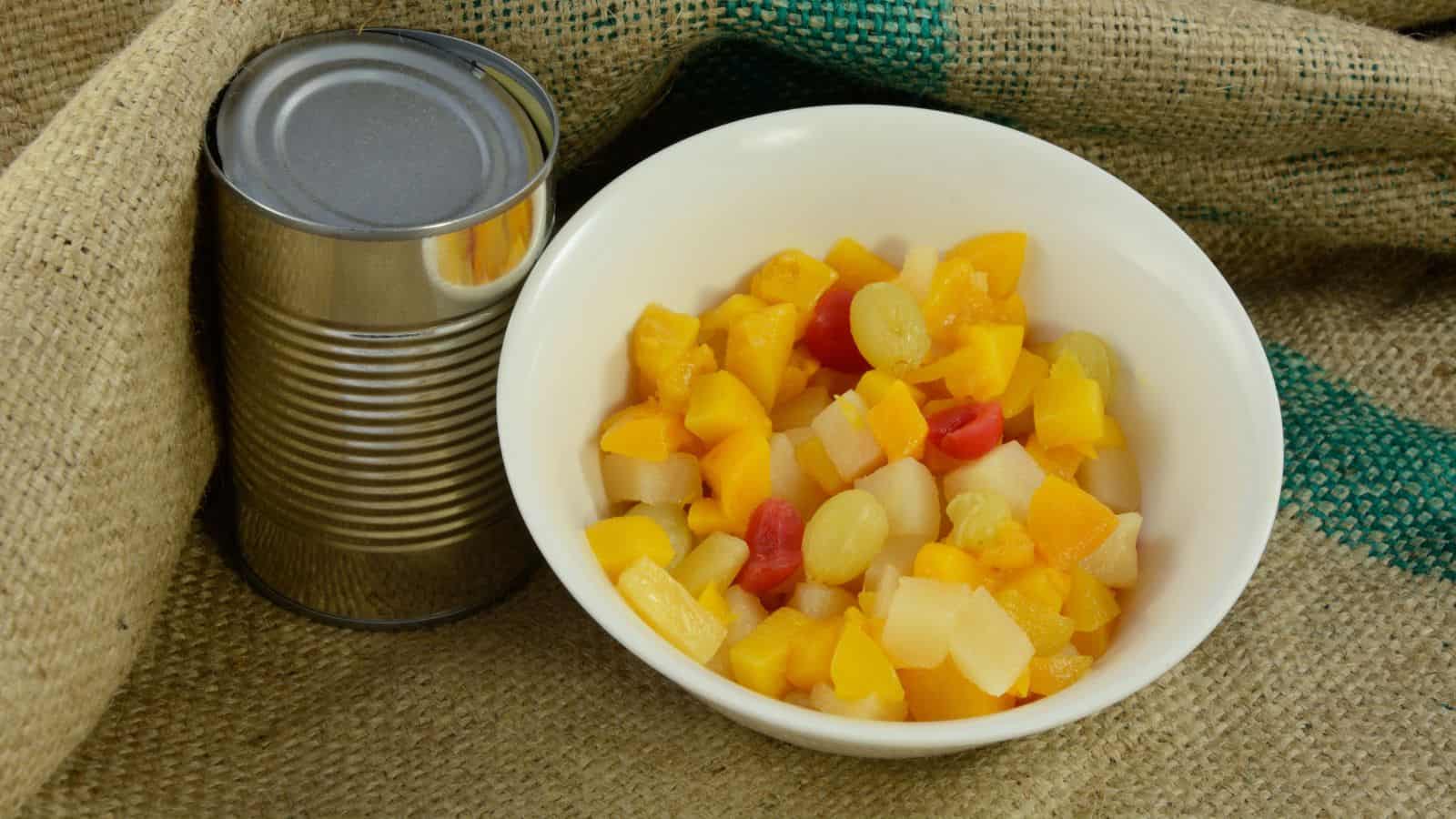
As fresh fruit was still considered a luxury in the ‘60s, a tinned fruit salad offered boomers both convenience and a taste of something sweet. Canned peaches, pears, and cherries in syrup were staples in many households and were often paired with evaporated milk or whipped cream to create a quick and easy dessert.
Devonshire Split
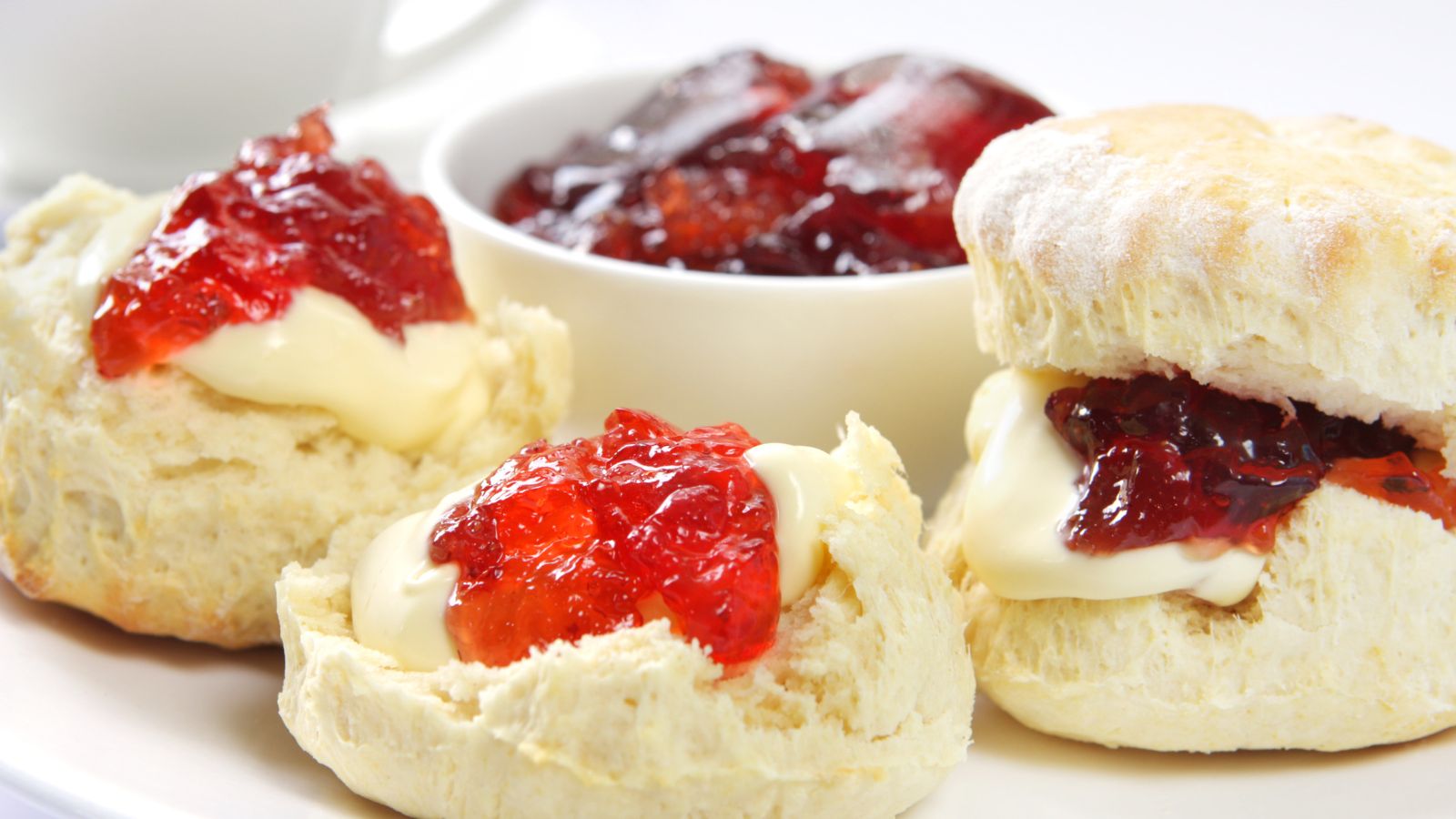
Devonshire Splits were soft bread rolls filled with jam and clotted cream and became a tea-time classic for boomers. They were the perfect accompaniment to a pot of tea and were often served during leisurely afternoons. Although their historical roots lie in the West Country, they were still enjoyed nationwide in the ’60s.
Beef Wellington
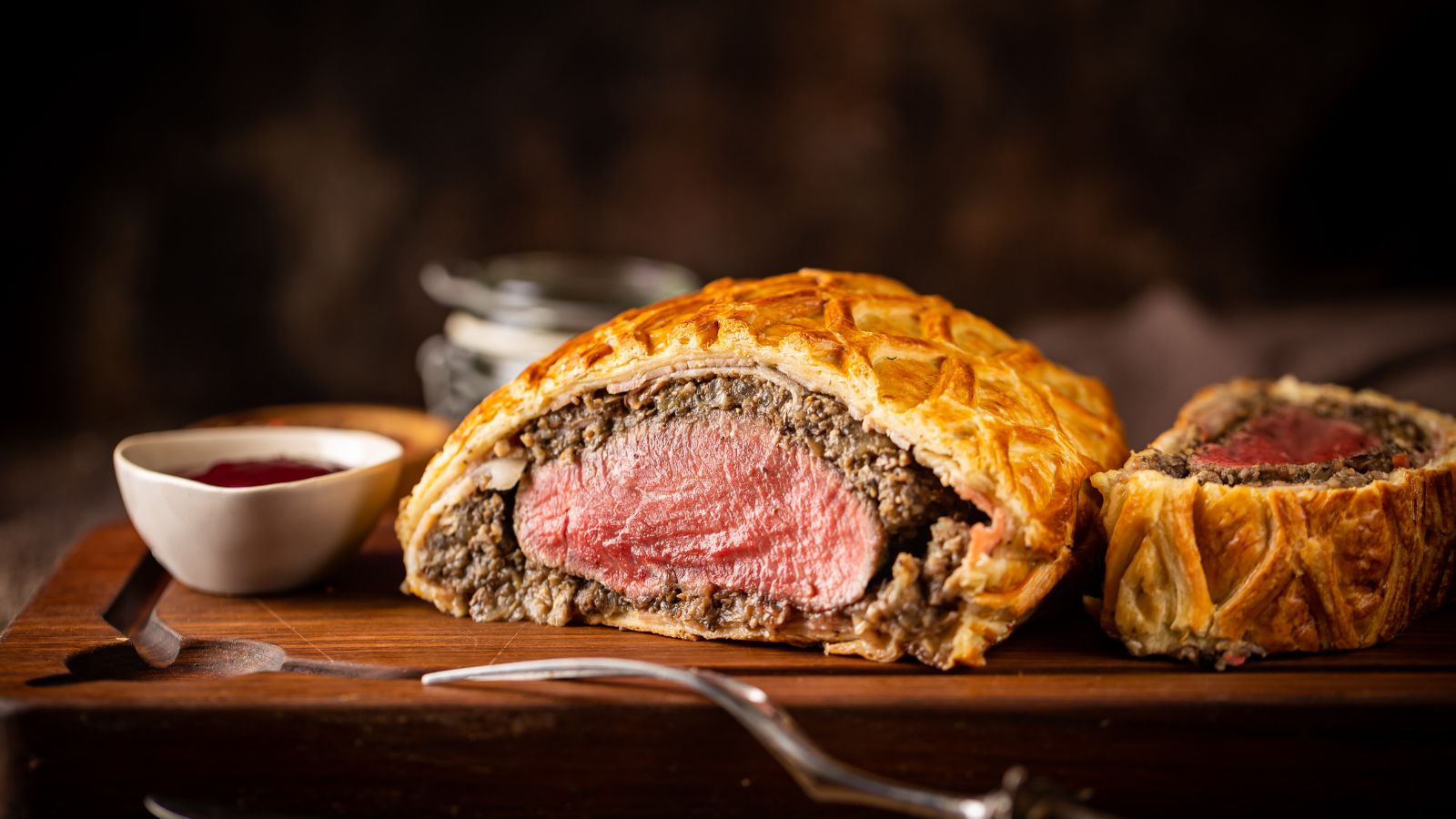
Ask any boomer, and they’ll tell you that Beef Wellington was considered an elegant dish during the 1960s. It consisted of a beef fillet wrapped in pâté, mushrooms, and puff pastry and was a challenge to make, but always worth the effort. Boomers often reserved it for dinner parties or festive meals, as it was always thought to be an impressive meal.
Jam Roly-Poly
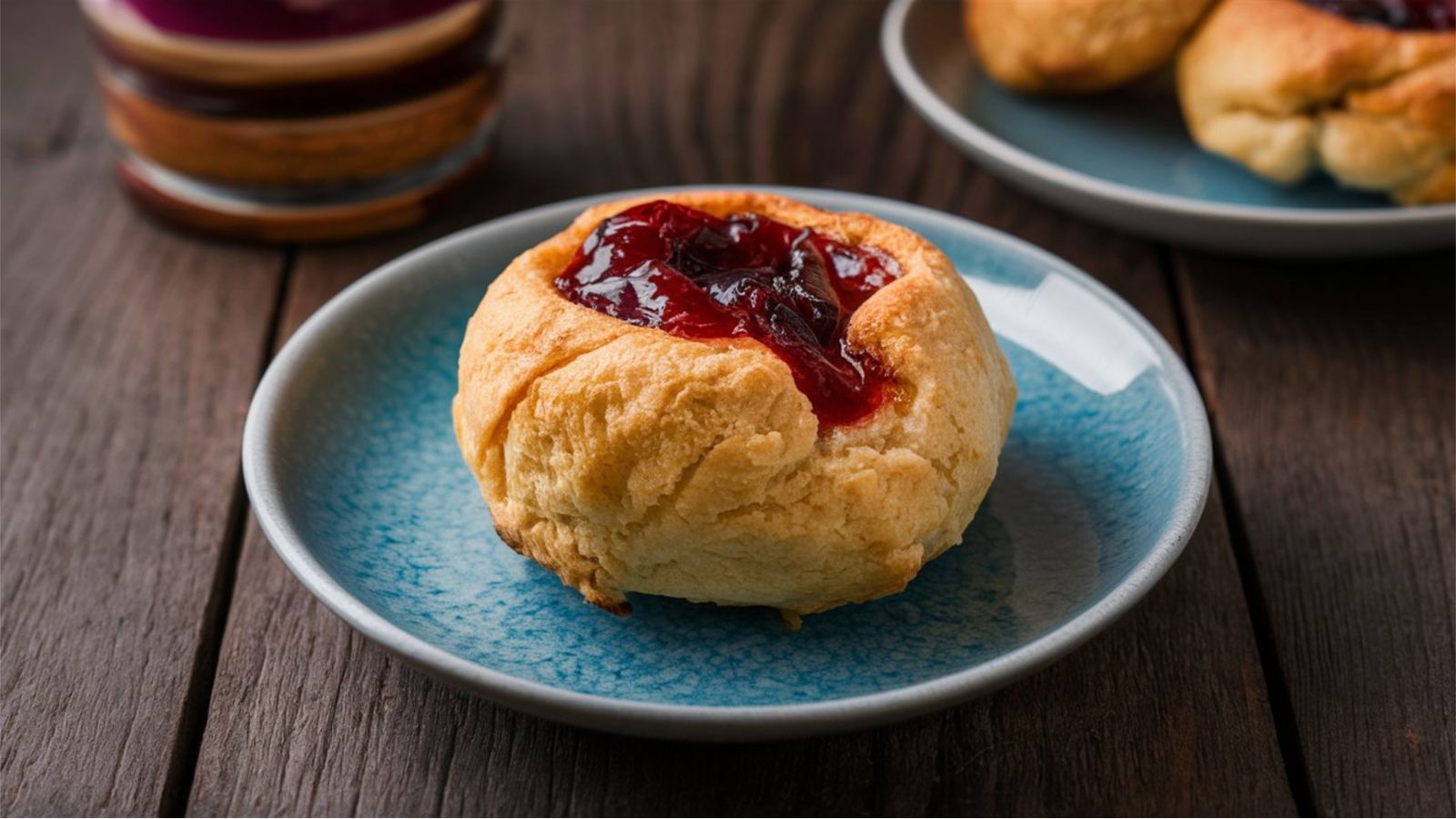
Something boomers couldn’t get enough of was jam roly-poly, a rolled suet pudding filled with jam and served with custard in the ’60s. It was a school dinner staple, as kids loved its gooey centre, and if parents didn’t want to bake it, the dessert could be bought from their local store.
Battenberg Cake

Mostly known for its pink and yellow chequerboard pattern, the Battenberg cake was a delight for both the eyes and the belly. The cake was held together with apricot jam and wrapped in a layer of marzipan and was often considered a tea-time treat.
Sherry Trifle
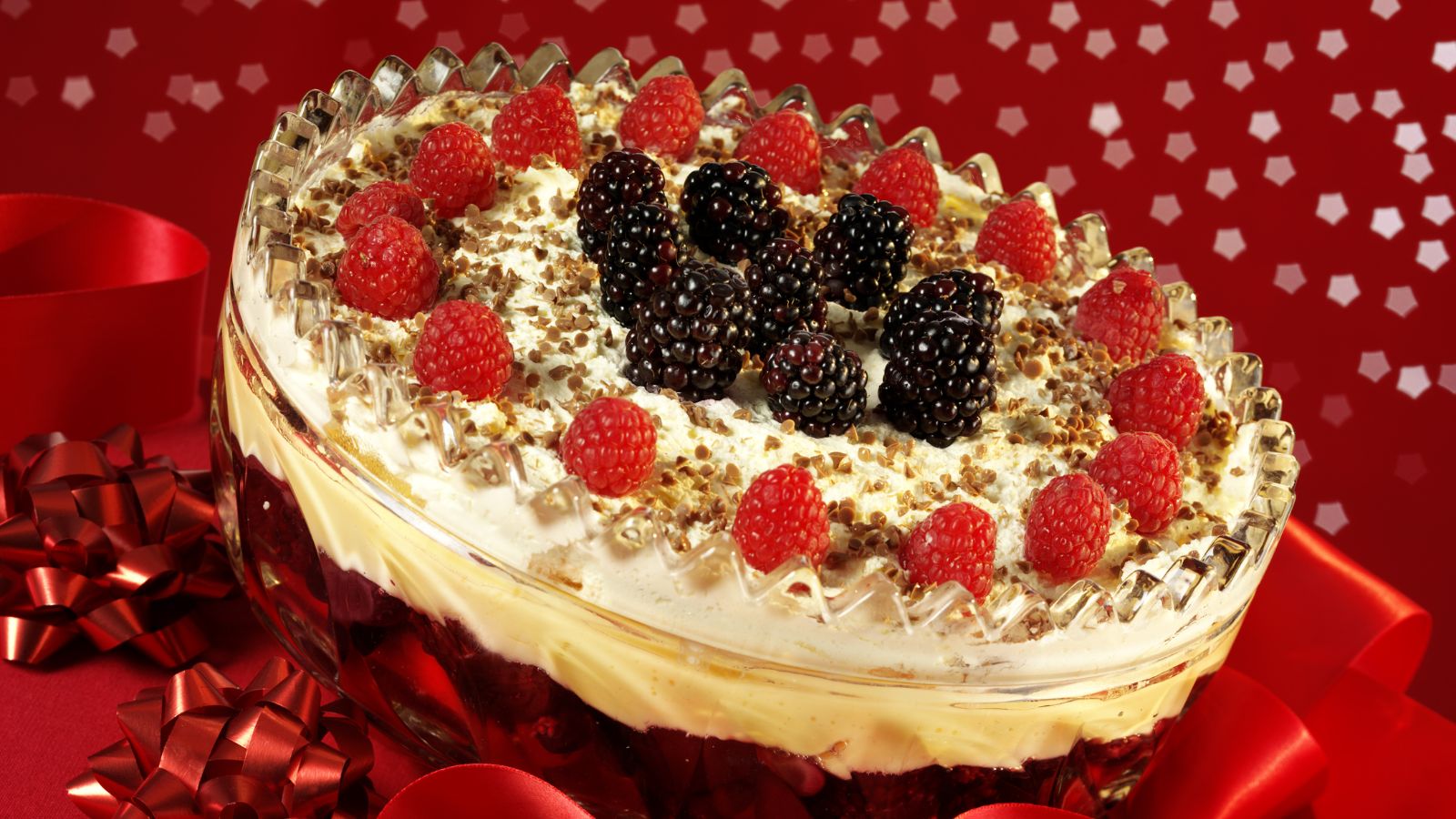
Usually coming out at Christmas, sherry trifle was the crowning glory of many festive tables. Think layers of sponge soaked in sherry, jelly, custard, and cream, created into a dessert that was both indulgent and celebratory. This trifle was often decorated with sprinkles or almonds, and its boozy twist made it unforgettable.
Kippers
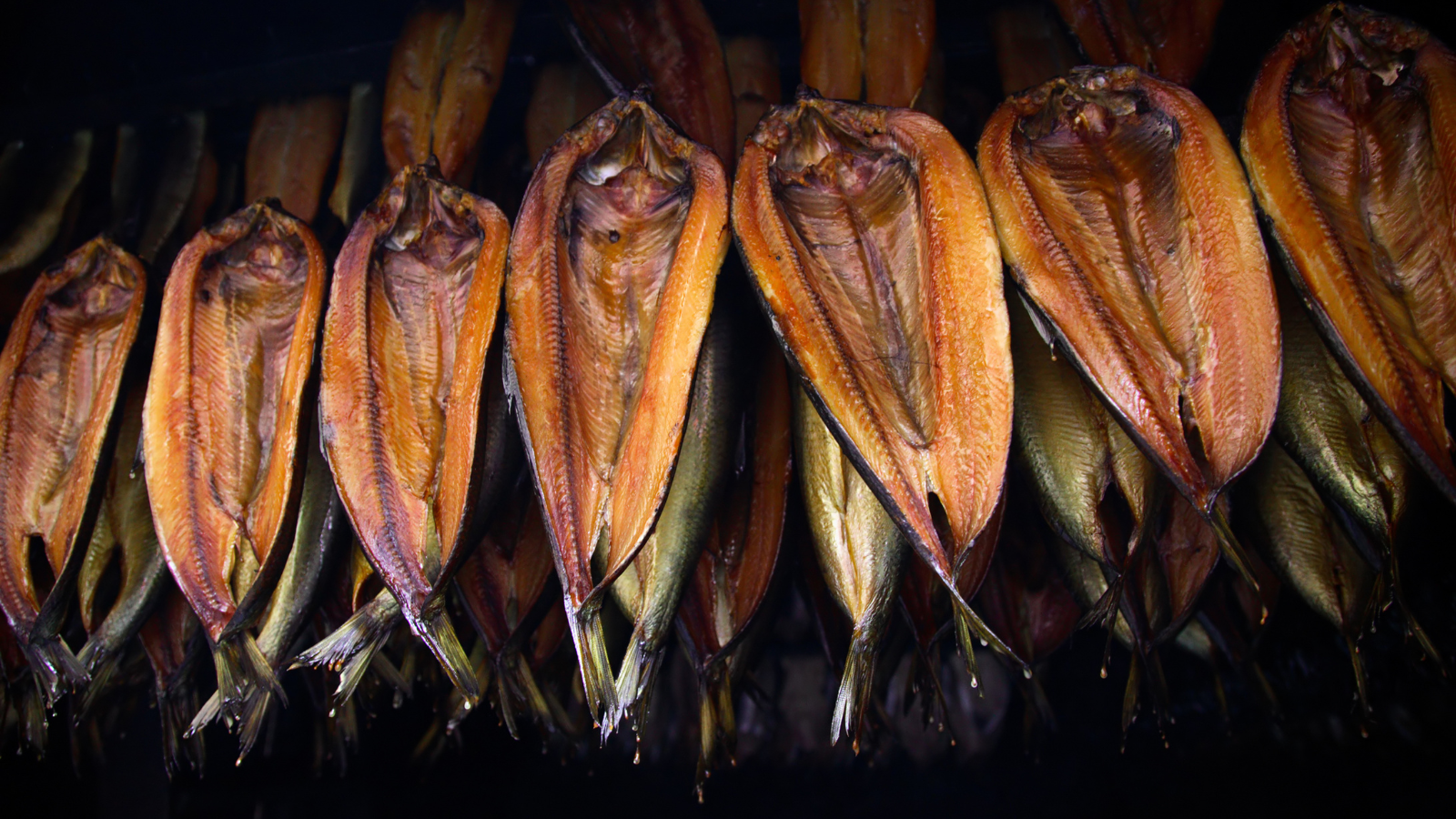
They might not be so popular now, but smoked kippers were a much-loved breakfast item in the 1960s. These oily, flavourful fish were often served with bread and butter for the perfect start to the day, and their association with seaside holidays made them a firm favourite, even as people’s diets began to change.
Bubble and Squeak

As the final dish on this list, bubble and squeak was often seen as the era’s thrifty approach to cooking. It was made from fried leftover vegetables, usually potatoes and cabbage, and was a clever way to reduce food waste. It’s a dish that still holds a special place in the hearts of boomers, even if it does include cabbage.

